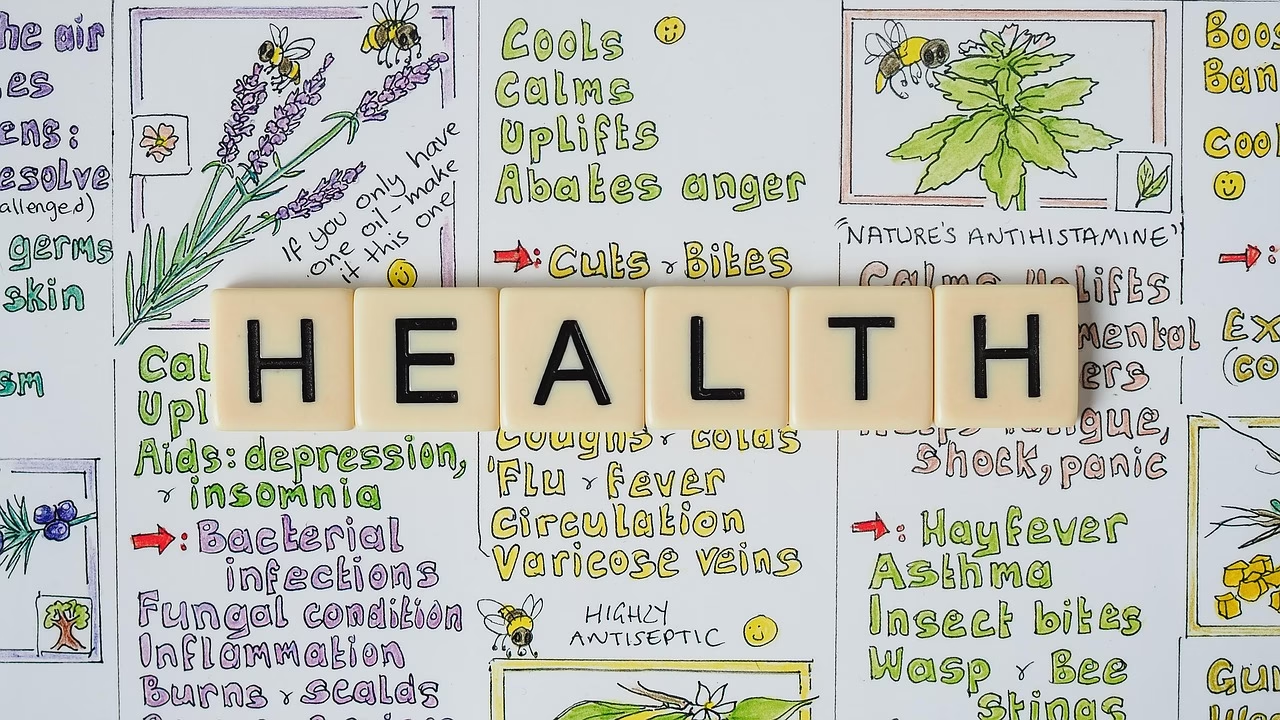“Cold Plunge Therapy: Exploring the Benefits and Risks of th
May 21, 2025 | by Rachel Bloom

Cold Plunge Therapy: Exploring the Benefits and Risks of the Latest Wellness Trend
There’s something deeply invigorating about that first icy shock to the skin—the sharp inhale, the rush of clarity, the unmistakable pulse of being fully present. Cold plunge therapy, once a regimen reserved for elite athletes and Scandinavian winter bathers, has surged into the mainstream. Social feeds brim with glistening cold tubs and testimonials extolling everything from supercharged mood to accelerated recovery. But as this wellness trend grabs the spotlight, it’s vital to explore not just the promising benefits, but also the nuanced risks, with both open-minded curiosity and scientific insight.
What Exactly Is Cold Plunge Therapy?
Cold plunge therapy involves submerging the body—usually up to the neck—in water kept between 50°F (10°C) and 59°F (15°C), typically for 2–10 minutes. Some prefer the structured luxury of a specialized cold plunge tub, while others find renewal in a brisk lake swim or an icy post-shower rinse. While the core practice is simple, its physiological impact on the body is profound, prompting a cascade of effects through the nervous, cardiovascular, and immune systems.
The Science-Backed Benefits
With a background in medical research, I approach any new wellness practice with both hope and scrutiny. The excitement surrounding cold water immersion rests on several areas where science and anecdotal evidence warmly intersect:
- Euphoria and Mood Regulation: Immersing in cold water triggers the release of endorphins—nature’s own mood-boosters. There’s also a spike in neurotransmitters like norepinephrine, delivering a sustained sense of clarity, alertness, and even relief for some managing anxiety or depression.
- Reduced Inflammation and Muscle Recovery: Cold plunges are cherished by athletes for a reason: the constriction of blood vessels and subsequent flushing can reduce swelling, ease soreness, and help accelerate recovery after intense exertion.
- Resilience and Stress Adaptation: Regular, controlled exposure to cold can train the body’s stress response system, gently nudging us toward greater physical and emotional resilience in the face of daily challenges.
- Boosted Immune Function: While research is evolving, preliminary evidence suggests that intermittent cold exposure may enhance certain immune parameters, possibly lowering susceptibility to common illnesses.
Cold Truths: Understanding the Risks
With all the buzz, it’s easy to imagine cold plunging as a one-size-fits-all elixir. Yet, as with any powerful intervention, care, knowledge, and nuance are crucial. Not all bodies, histories, or hearts respond identically.
- Cardiovascular Strain: Immersion in cold water can prompt a rapid surge in blood pressure and heart rate, especially in those with underlying heart conditions or untreated hypertension. Sudden exposure may be dangerous for individuals with certain cardiovascular vulnerabilities.
- Hypothermia Risk: Staying in for too long (even just several minutes for some) carries the risk of lowering core body temperature to unsafe levels—especially in the very young, the elderly, or those with lower body fat.
- Triggering Raynaud’s or Asthma: The intense cold can provoke vasospasm in people with Raynaud’s phenomenon or trigger bronchospasm in those with asthma.
- Mental Discomfort: For some, the sharpness of cold induces not euphoria, but anxiety or panic—reminding us that respect for personal limits is a form of self-care, too.
Navigating the Cold with Wisdom
If you feel drawn to cold plunge therapy, approach this trend with both curiosity and compassion for your unique body. Begin gradually—perhaps with short, cool showers, and increase duration only as your body adapts. Listen with care: true wellness always respects the body’s signals and boundaries.
Choose environments where safety is prioritized—never plunge alone, and always have a warm, dry space and gentle movement afterward. For those with underlying medical conditions, particularly cardiovascular or respiratory disorders, consultation with a healthcare provider is not just wise—it’s essential.
Final Thoughts
Trends come and go, but the heart of wellness remains: cultivating practices that honor both science and personal wisdom. Cold plunge therapy is neither a miracle nor a menace, but a powerful tool—best wielded with respect, deep care, and honest self-awareness. Whether you choose to brave the chill or cherish warmth, let your path be guided by what genuinely supports your whole, resilient well-being.

RELATED POSTS
View all



